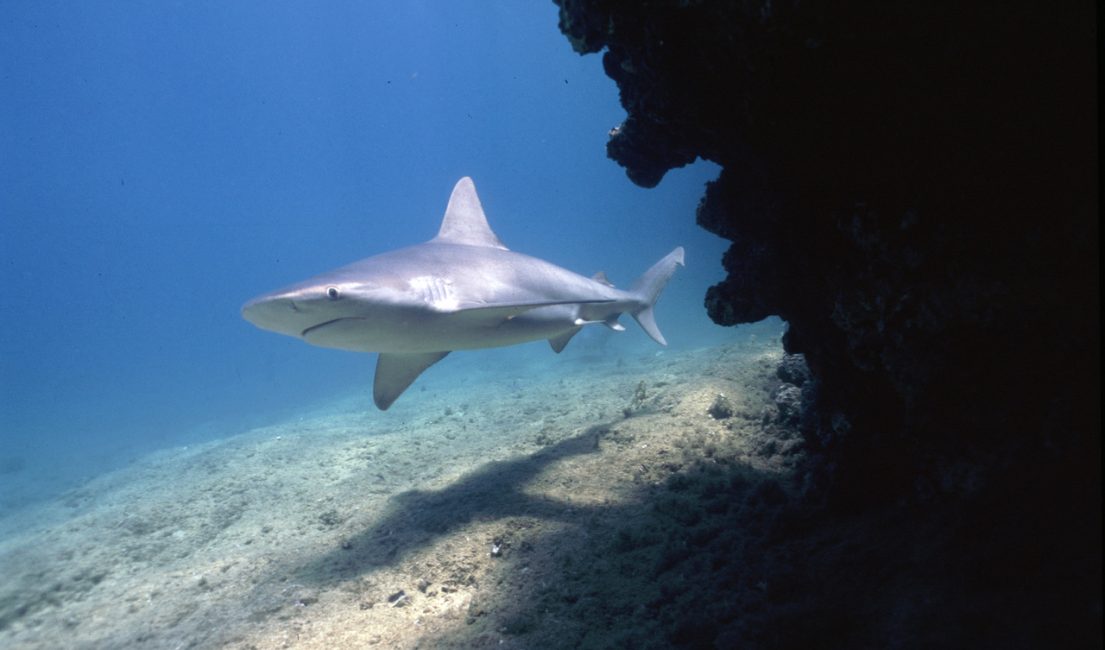Seabirds, sharks and rays: sentinels of a fast-changing world
For both seabirds and elasmobranchs, the ecological knowledge still remains fragmentary and geographically limited, making it difficult to forecast realistic population trends. Further, for many of these species, migration corridors, breeding and foraging areas of preference are poorly known/ understood. Such vast knowledge gaps not only seriously limit the efficiency of local protection measures with regard to these species, but also could mask important signals of their response to natural/anthropogenic changes in the ecosystems.
What is the distribution of species? When and when do they move? What are their migratory pathways? What is the connectivity of populations?
The project main challenges are to fill in major knowledge gaps in the geographic distribution and movements of seabirds and elasmobranchs (sharks and rays) in the Mediterranean and Black Sea Basins; and identify as best as feasible migration corridors and the interconnected breeding, foraging and wintering areas.
The project follows both a participatory science and experimental approach.

Background
Most Mediterranean elasmobranchs are impacted by intense fishing pressure, either directly (trawling) or indirectly (bycatch). As a result, nearly half of sharks and rays species present in the Mediterranean Sea are classified as Endangered or Threatened in the IUCN Red List; a likely underestimate, in view of the paucity of data available.
Guide of Mediterranean Skates and Rays:
This initiative by CIESM aims to draw attention to their cartilaginous ‘cousins’ – the rays – which evolved from common ancestors at least 250 million years ago. While living sharks include some 500 species worldwide, skates and rays are represented by some 630 species, most of which exhibiting a relatively narrow distributional range. Nowadays cartilaginous fishes are highly vulnerable to extinction mostly due to unregulated overfishing – deliberate or not. This is particularly the case in our region: only 38 species of skates and rays, all covered here, are found in the Mediterranean.
Spatial ecology:
Filling in major knowledge gaps in the geographic distribution and movements of sharks and rays in the Mediterranean and Black Sea Basins; identification of main migration corridors, starting with a pilot species.
SHARKnowledge – Involving fishers to improve knowledge about sharks in the Mediterranean
The SHARKnowledge initiative, developed by CIESM and its dedicated team of international experts, leverages the Local Ecological Knowledge (LEK) of Mediterranean fishers to improve our understanding of shark populations.
Fishers possess first-hand insights into species distribution, abundance, and seasonal behavior, particularly for rare or elusive species that often escape traditional scientific surveys.
This participatory science project is being conducted in Algeria, Cyprus, Egypt, Italy, Libya, Tunisia, and Türkiye, where national experts engage local fishers through structured interviews and sightings mapping.
The collected data is standardized and analyzed to reconstruct historical trends, identify critical habitats (hotspots, nurseries), and assess the perceptions and socio-economic impact of sharks in coastal communities. SHARKnowledge provides essential scientific input for conservation policies, bridging the gap between traditional knowledge and modern marine research.
Find more in our News: https://ciesm.org/latest-shark-workshop-in-alexandria/
Satellite tracking of pelagic shark
CIESM’s shark tracking initiative focuses on studying the movements of highly migratory and endangered shark species in the Mediterranean. Started in June 2024 in Yumurtalık Bay (Türkiye) with a focus on juvenile sandbar sharks, additional missions on various pelagic shark species in different locations are planned for 2025.
The data collected will provide crucial insights into nursery grounds, migration corridors, and interactions with fisheries, supporting evidence-based conservation strategies.Furthermore, this study underscores the importance of cross-border collaboration in protecting these vulnerable species and contributes to the long-term sustainability of shark populations in the Mediterranean.
First shark tagged and rays observed: https://ciesm.org/first-shark-tagged-and-more-than-one-hundred-rays-observed/

A financial contribution to the programme activities (2020-2025) has been granted by the Prince Albert II Of Monaco Foundation.




